What “Functional Fitness” Looks Like for Kids (and Why It Matters)
Functional fitness isn’t just for adults hitting the gym — it’s one of the best ways for kids to grow strong, coordinated, and confident. By using natural movements like squats, crawls, and jumps, children learn how their bodies work in space, building the foundation for a lifetime of health and activity.
In this article, we’ll explore how functional fitness for kids builds lifelong physical literacy and why exercises like burpees, lunges, and mountain climbers are much more than just play — they’re building blocks for strong, healthy futures. And BoardGains integrates all these exercises into a gamified approach perfect for kids!
Understanding Functional Fitness for Kids
The Concept of “Physical Literacy”
Physical literacy is the ability to move with competence and confidence in various physical activities. Just like reading or math, movement is a skill — and kids who practice diverse motions develop better coordination, balance, and body awareness.
Exercises such as jumping jacks or squats train the body to move efficiently, helping children feel more capable during sports, play, and everyday activities.
Why Kids Need Functional Fitness Early
Early exposure to functional fitness supports bone density, neuromuscular development, and even cognitive function. Kids who learn to squat, push, pull, and balance gain better posture and are less prone to injuries. It also builds emotional resilience — each successful movement fuels confidence and perseverance.
The Core Movements That Build Strength and Agility
Functional fitness for kids relies on fundamental movement patterns—like pushing, pulling, squatting, and rotating—that mirror natural play.
Squats: Building Strong Legs and Balance
Squats strengthen the quadriceps, glutes, and hamstrings while improving posture. For kids, they’re essential for building stability during running and jumping. Try making squats fun with “frog jumps” or “rocket squats” to keep them engaged.
Crawls and Bear Walks: Core Stability in Motion
Crawling activates the core, shoulders, and hips simultaneously. It improves bilateral coordination (using both sides of the body equally) — an important skill for handwriting, sports, and dance.
Jumps and Hops: Power and Plyometric Training for Kids
Jumping promotes cardiovascular health and bone strength. Hopping over small objects or performing mini obstacle courses helps develop explosive power, agility, and spatial awareness.
The Best Functional Fitness Exercises for Kids
Burpees and Lunges
Burpees combine squats, pushups, and jumps into one powerful move — ideal for full-body conditioning. Lunges strengthen the legs, hips, and core while improving balance. Together, they teach body control and endurance.
Mountain Climbers and Plank
These movements develop strong core muscles and enhance shoulder stability. The plank is especially beneficial for building endurance and posture — kids can hold “plank challenges” to make it playful.
Jumping Jacks and Seal Jacks
These rhythmic exercises improve coordination and cardiovascular health. They’re easy, fun, and can be done anywhere — perfect for warming up or breaking up long periods of sitting.
High Knees and Invisible Jump Rope
These are fantastic cardio drills. High knees increase agility and coordination, while invisible jump rope trains timing and rhythm — crucial for sports performance.
Twist (Abs), Pushups, Glute Bridge, and Calf Raises
Each of these focuses on core strength and mobility. The twist targets oblique muscles, glute bridges enhance hip stability, and calf raises build lower-leg endurance. These help kids move more powerfully and efficiently in any sport.
How to Make Functional Fitness Fun for Kids
Age-Appropriate Modifications
For toddlers, focus on crawling and jumping games.
For ages 6–10, add planks, squats, and lunges.
Teens can incorporate full circuits like burpees, mountain climbers, and pushups.
Making Exercise a Family Activity
Turn workouts into family challenges:
- Who can do the most squats in a minute?
- Can you plank through a full song?
- Try an obstacle course using household items!
- Play Boardgains
When kids see parents moving, they’re more likely to join in and stay active for life.
The Lifelong Benefits of Functional Fitness
Functional fitness improves not just physical health but also mental well-being. Kids who exercise regularly:
- Have better focus and academic performance
- Develop stronger self-esteem
- Build healthy social skills through teamwork and play
- Maintain a healthy weight and active lifestyle
These foundational movements give kids the tools they need to stay fit, confident, and capable — well into adulthood.
FAQs About Functional Fitness for Kids
Q1. What age can kids start functional fitness?
Children as young as 3–4 can start with simple movements like crawling, squatting, and jumping.
Q2. Is functional fitness safe for kids?
Yes, when supervised and scaled properly, it’s one of the safest forms of exercise.
Q3. How long should a kids’ workout last?
Aim for 20–30 minutes of movement daily, mixing strength and play.
Q4. Can functional fitness replace sports?
Not necessarily — it complements sports by improving strength, balance, and coordination.
Q5. How can parents encourage consistency?
Make exercise a game, reward progress, and join in yourself!
Q6. Do kids need equipment?
No — most functional fitness movements use body weight only, making it easy to do at home or outdoors.
Conclusion: Raising Strong, Confident, and Active Kids
Functional fitness teaches children to move well, stay strong, and feel proud of their bodies. Through simple, playful exercises like squats, lunges, and burpees, kids develop not only strength but also resilience, coordination, and lifelong health.
Encourage movement, celebrate effort, and remember — the best workouts are the ones that feel like play.

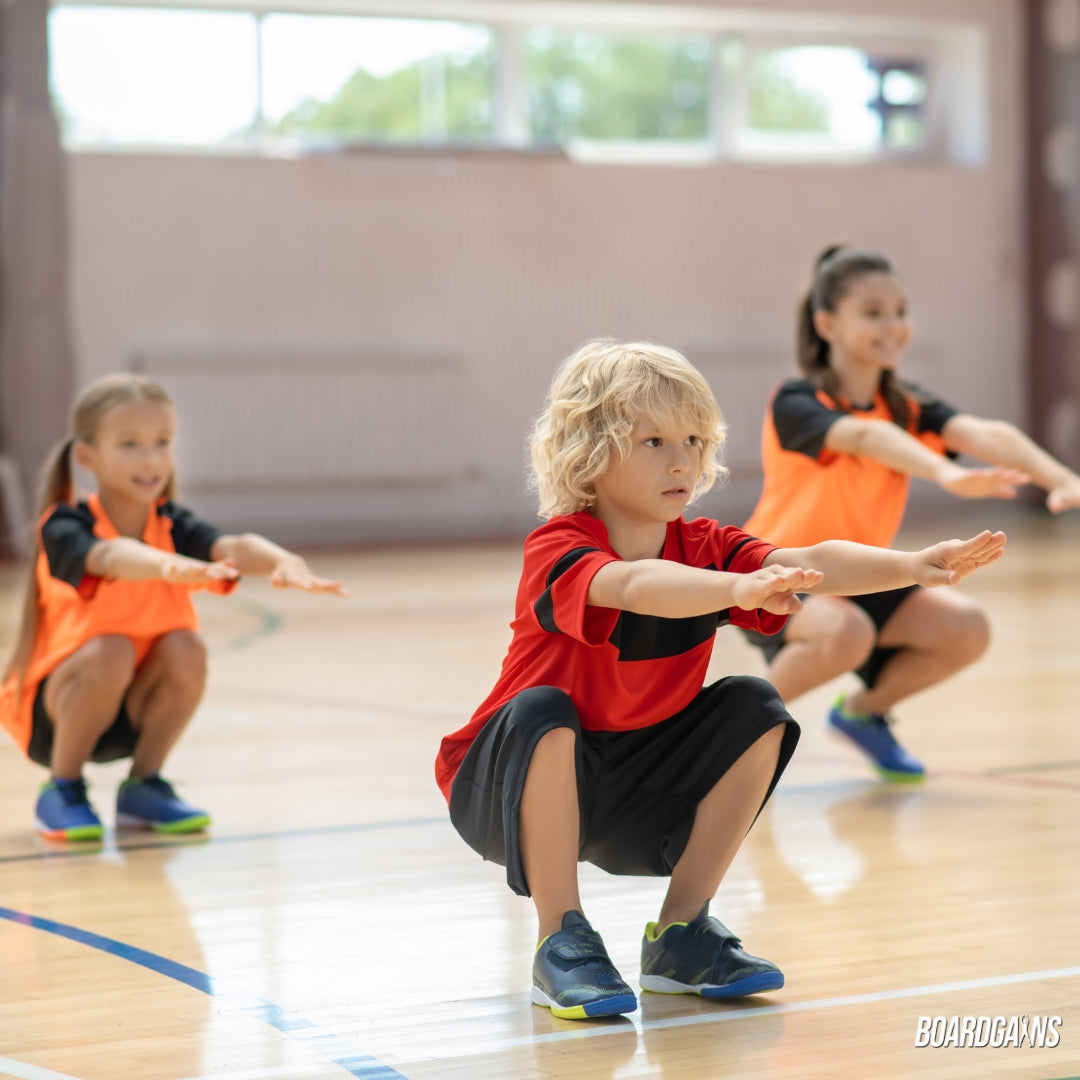
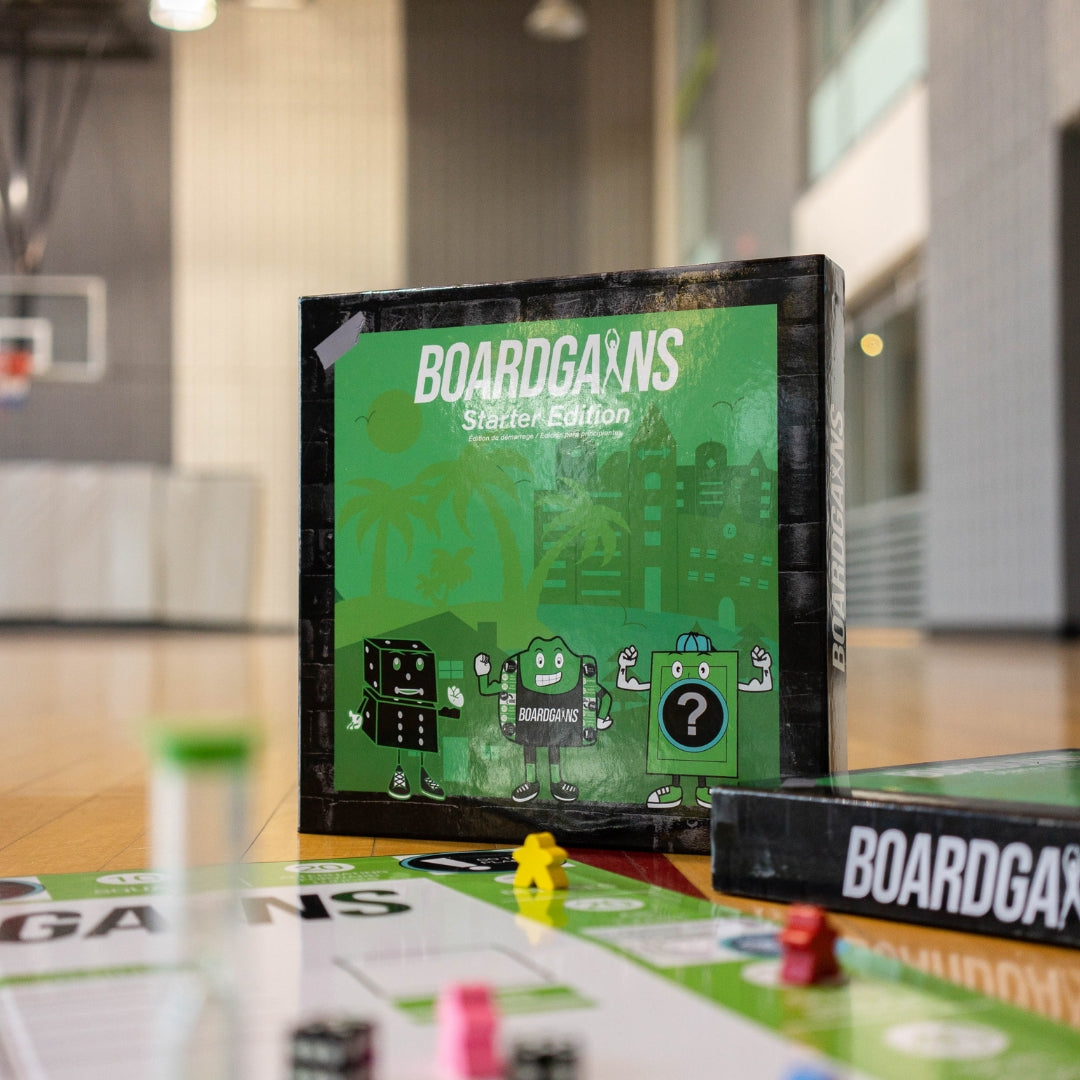
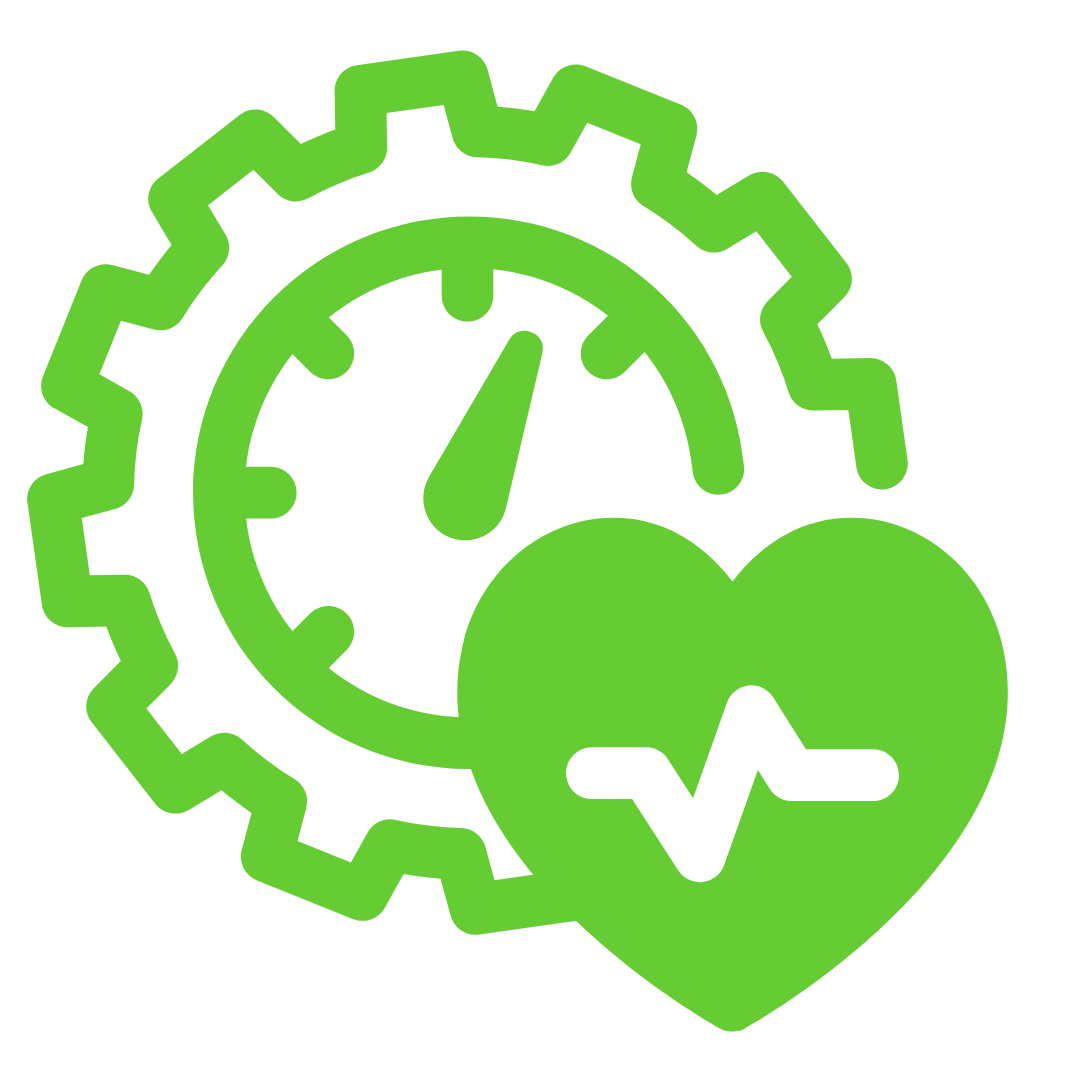
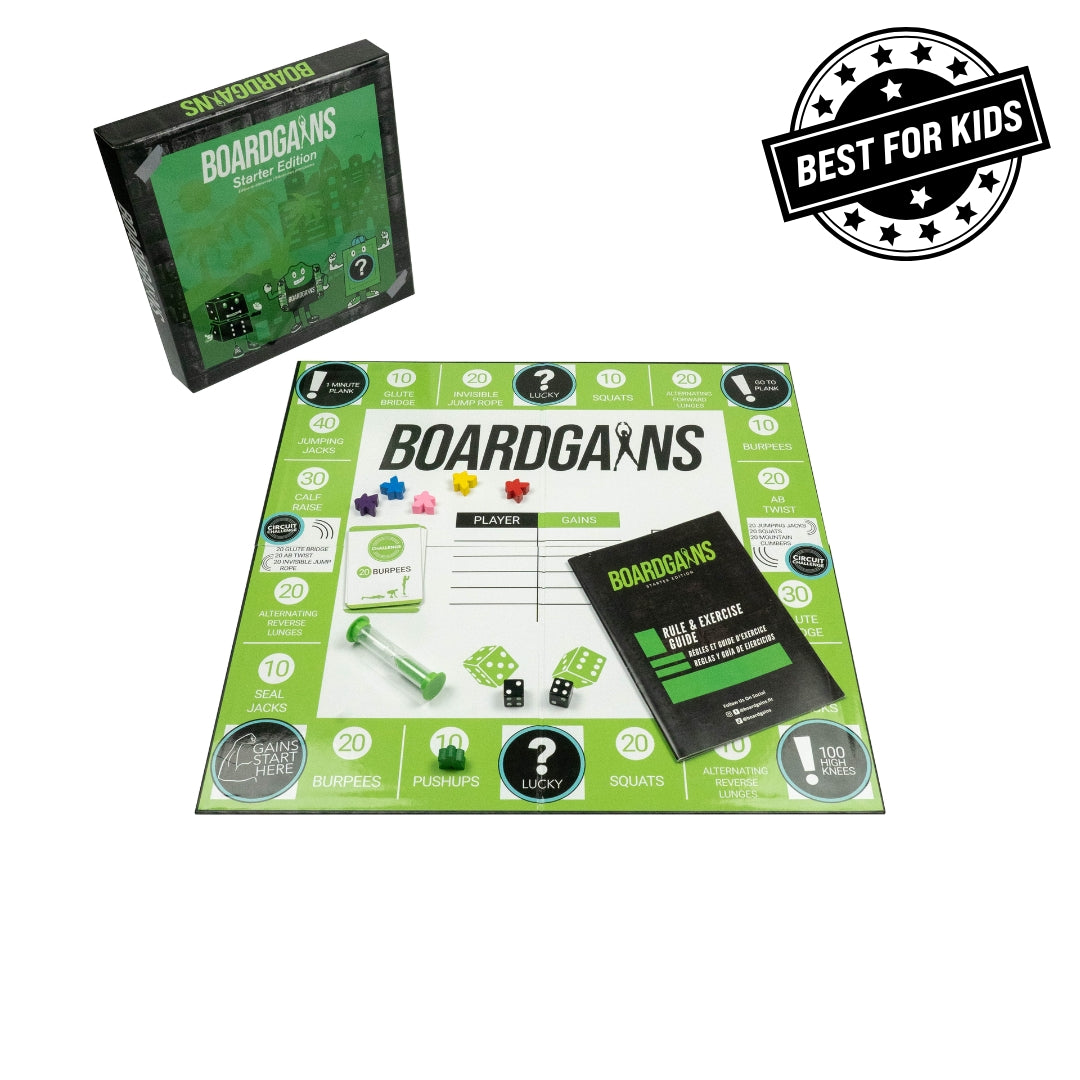
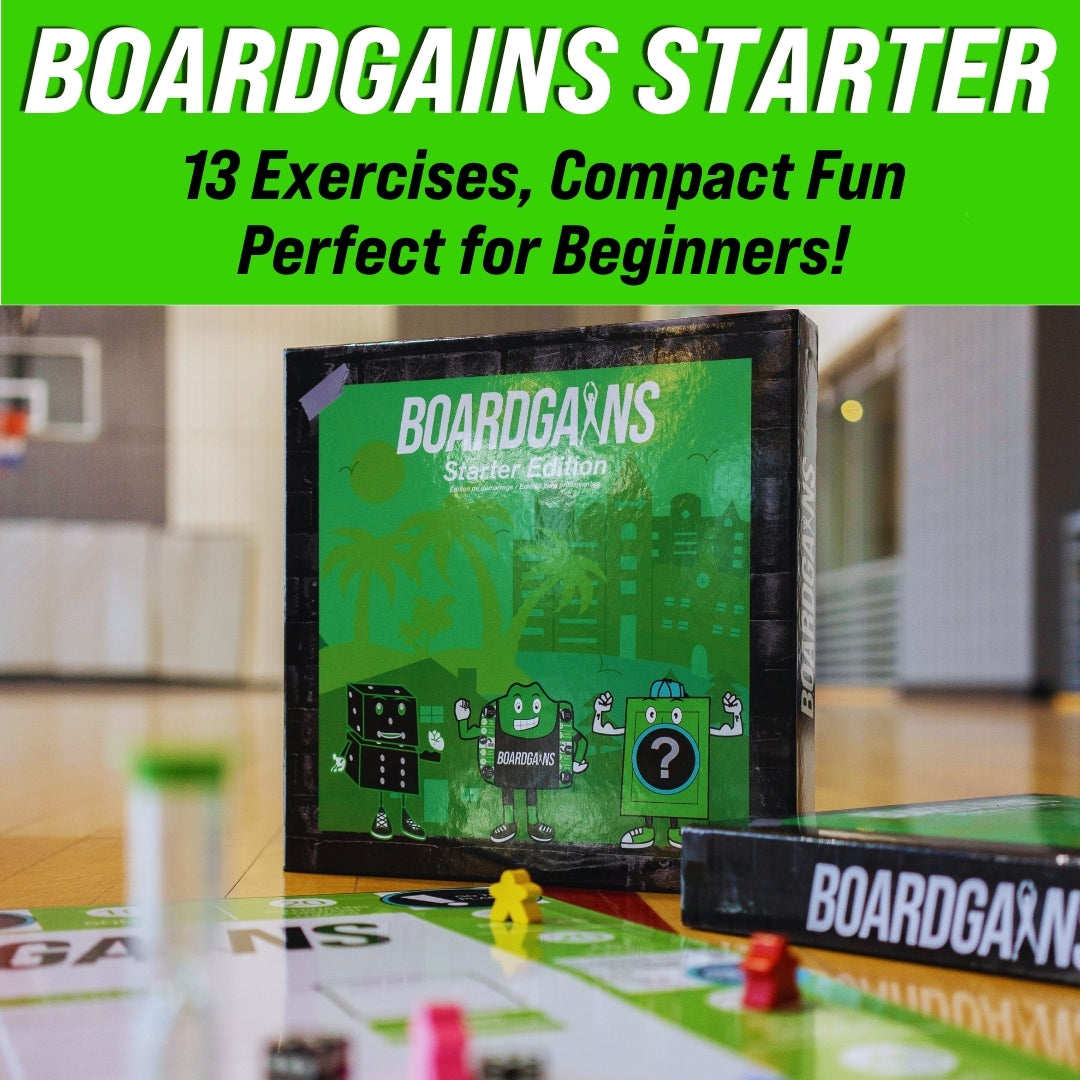
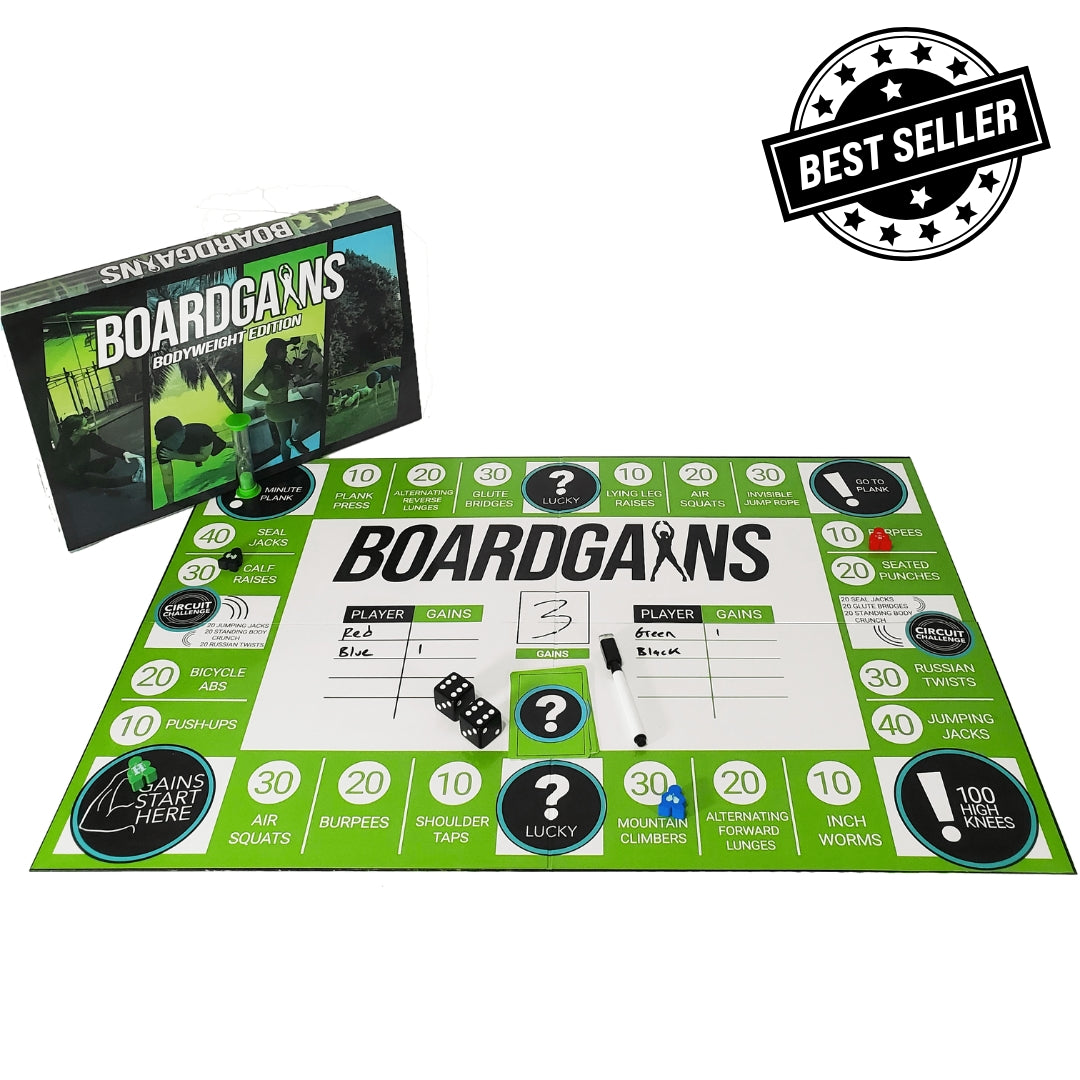
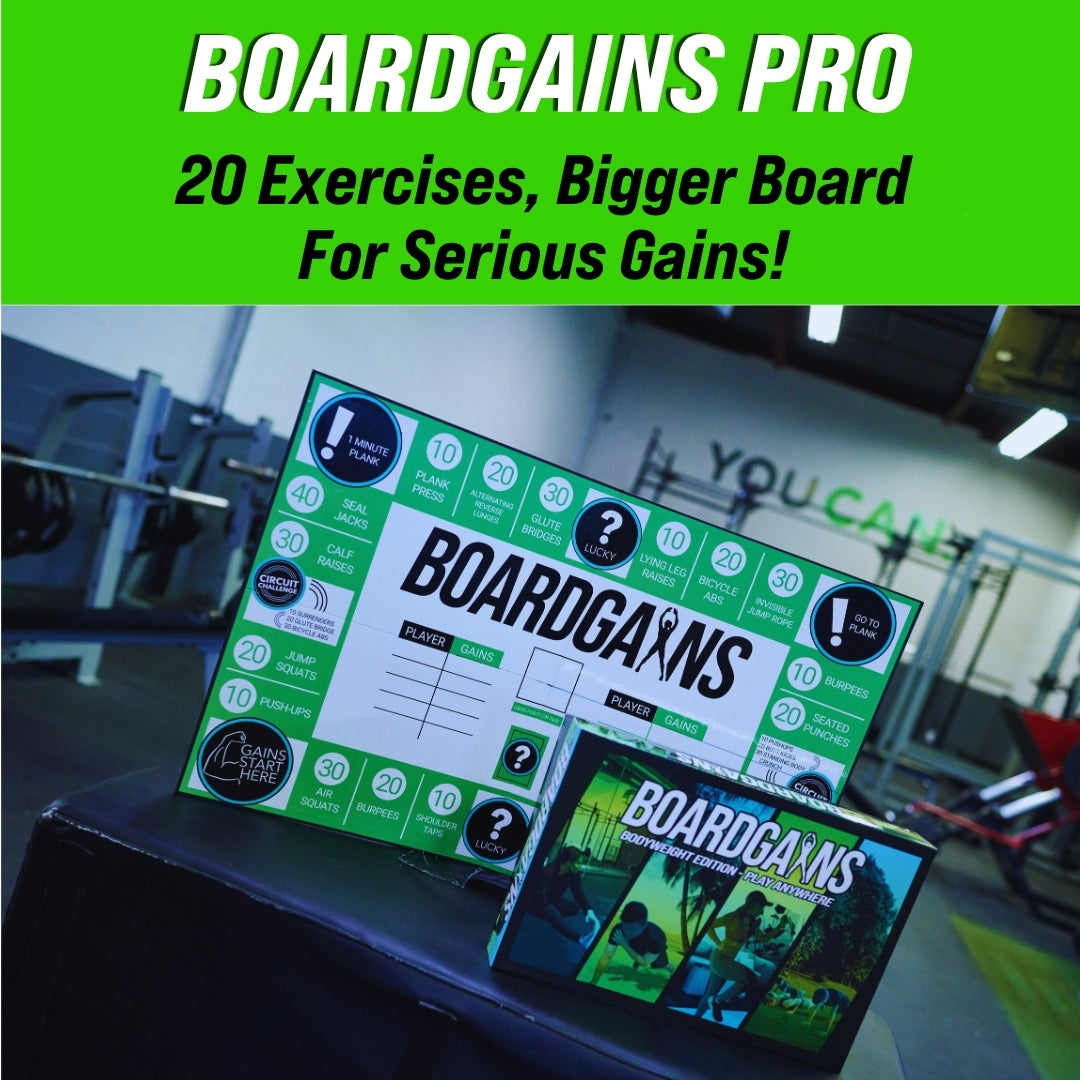
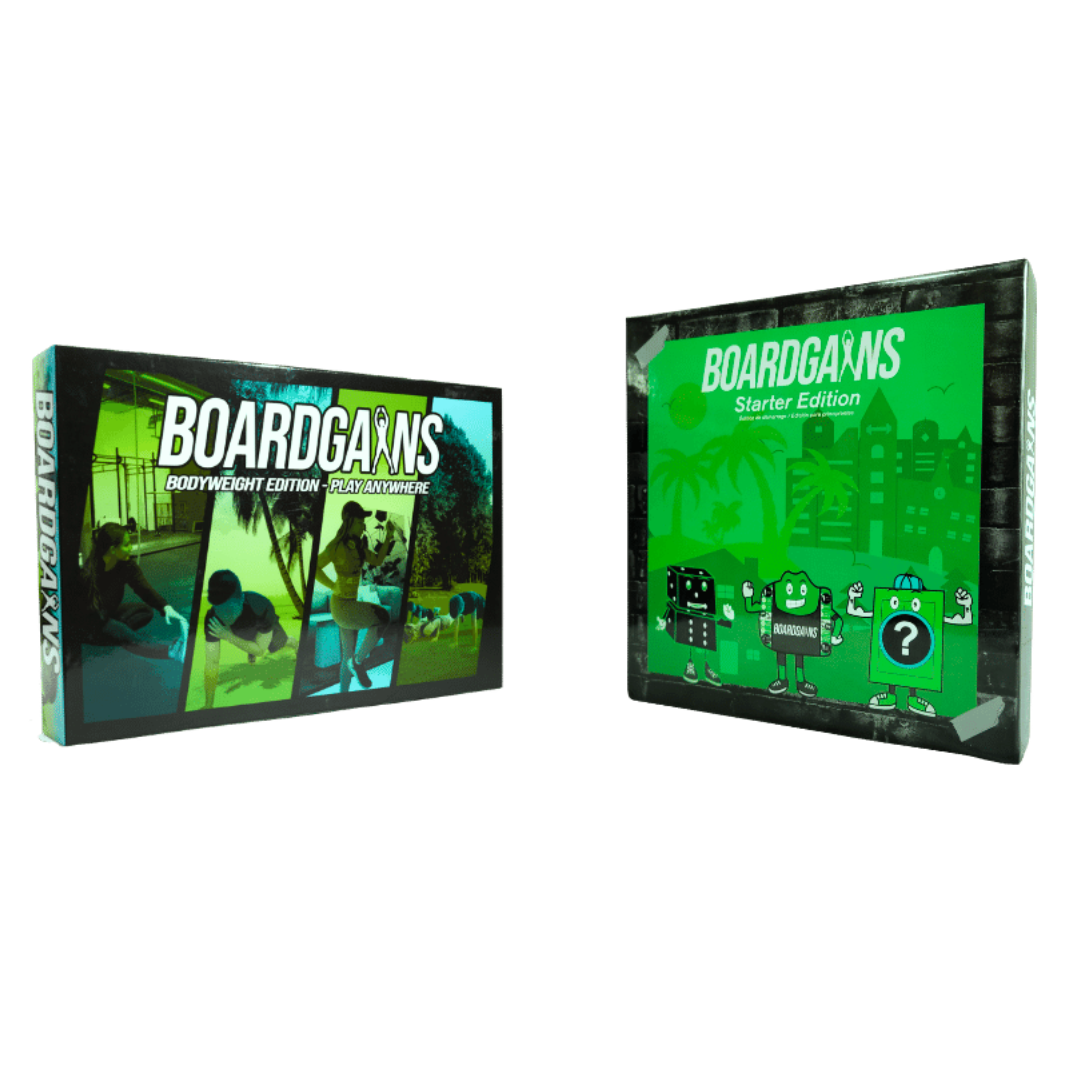
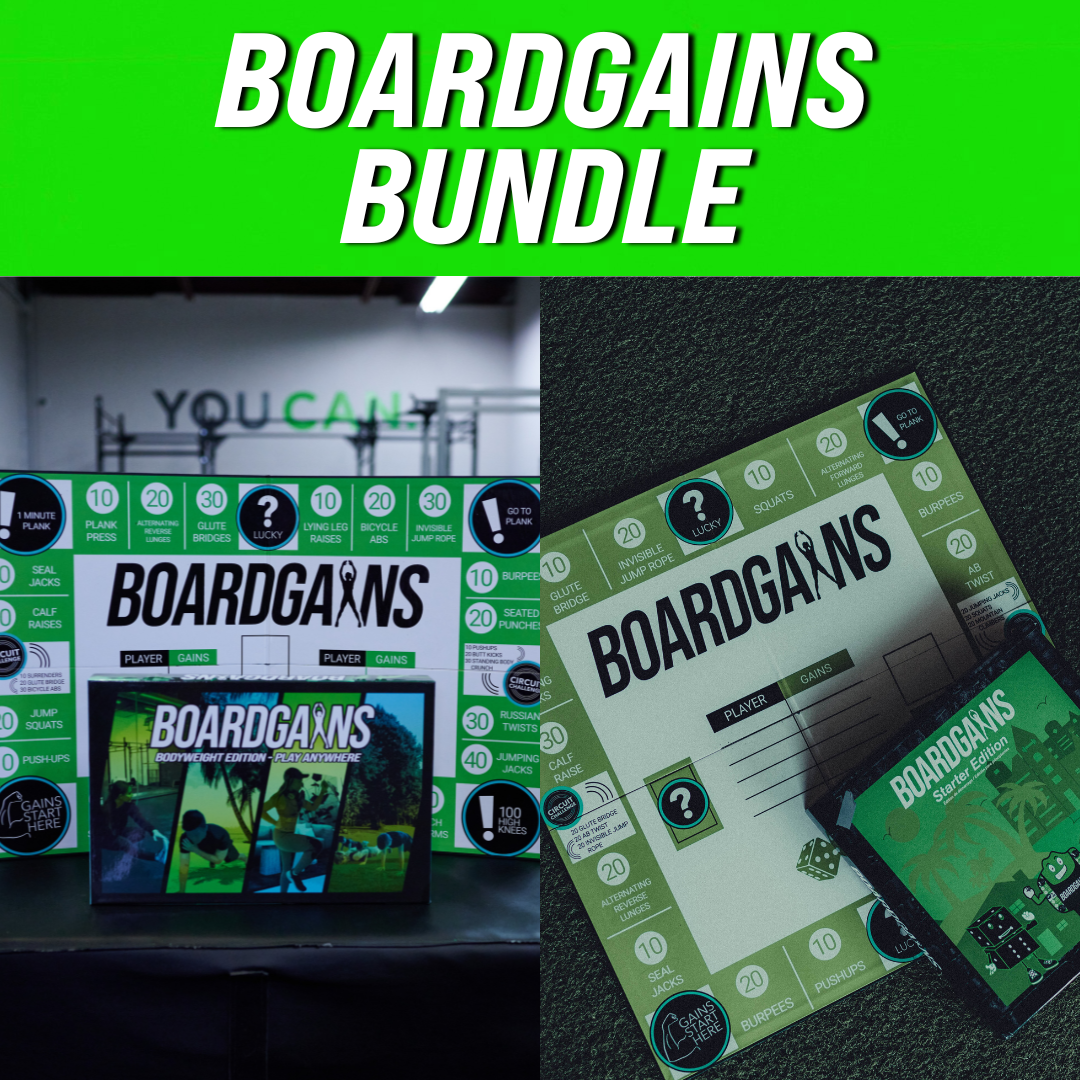
Leave a comment
This site is protected by hCaptcha and the hCaptcha Privacy Policy and Terms of Service apply.